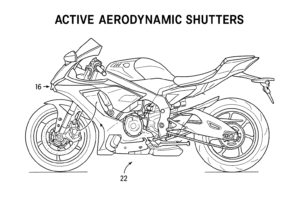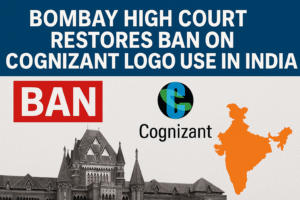Patent expiries of key agrochemicals like Cyantraniliprole and Pinoxaden from 2026 to 2028 will unlock $1.15 billion in opportunities for generic crop protection manufacturers.
A new wave of patent expiries in the global agrochemical sector is expected to reshape the competitive landscape between 2026 and 2028, as several high-value crop protection molecules lose their exclusivity. The global market value of these molecules, which include major insecticides, herbicides, and fungicides, is projected at $1.15 billion—a significant opportunity for generic agrochemical manufacturers, particularly in India and other emerging markets.
—
Major Agrochemical Molecules Losing Patents (2026–2028)
The upcoming expirations follow a broader trend since 2021, where over 19 active ingredients have already come off-patent. Key upcoming molecules include:
Cyantraniliprole (2026): A versatile insecticide effective against lepidopteran and sucking pests. Estimated 2019 global market: $120 million.
Pinoxaden (2026): A grass weed herbicide vital in wheat and barley cultivation. Market size in 2019: $421 million.
Sulfoxaflor (2027): Targets sap-feeding insects like aphids and whiteflies in cotton and vegetables. Market valuation in 2019: $190 million.
Benzovindiflupyr (2028): A fungicide for soybeans, corn, cereals, and turf. Global market in 2019: $419 million.
These four agrochemicals collectively accounted for more than $1.15 billion in global sales, marking a significant shift once their patents expire.
—
Generics Market to Witness Major Growth
With these patents set to expire, generic agrochemical manufacturers are preparing to enter the market with competitive formulations, often priced 30–40% lower than branded versions. Countries with established generic production capabilities—such as India and China—stand to benefit the most.
Generic entry is not just about cost-cutting; many players are expected to launch innovative formulations, improved delivery mechanisms, and region-specific products to differentiate themselves.
—
IP Strategies May Delay Entry
Multinational agrochemical companies are expected to protect their market share through secondary patents related to manufacturing processes, co-formulations, or formulation delivery systems. These strategies, although legal, can delay the speed at which generics enter certain markets.
However, industry analysts believe that such protection may not be sufficient in all regions, particularly where regulatory frameworks support generic introductions once the primary patent expires.
—
Benefits for Farmers and Agribusiness
For farmers, particularly in developing countries, the availability of cheaper, effective generics will improve crop protection access and reduce overall input costs. India, for example, stands to gain both economically and strategically through increased local manufacturing and reduced reliance on imports.
Lower costs, combined with improved pest and disease control, will likely enhance agricultural productivity, making farming more sustainable and profitable.
—
Industry Forecast and Market Outlook
This shift toward generic dominance will significantly alter the global agrochemical market structure. With affordability and innovation at the core of this transition, both generic manufacturers and farmers are expected to benefit.
Conclusion
The period from 2026 to 2028 marks a turning point in global crop protection. With over $1.15 billion worth of agrochemical molecules going off-patent, the rise of generics is inevitable. This will not only increase competition but also promote innovation, affordability, and broader access to essential agricultural inputs worldwide.




